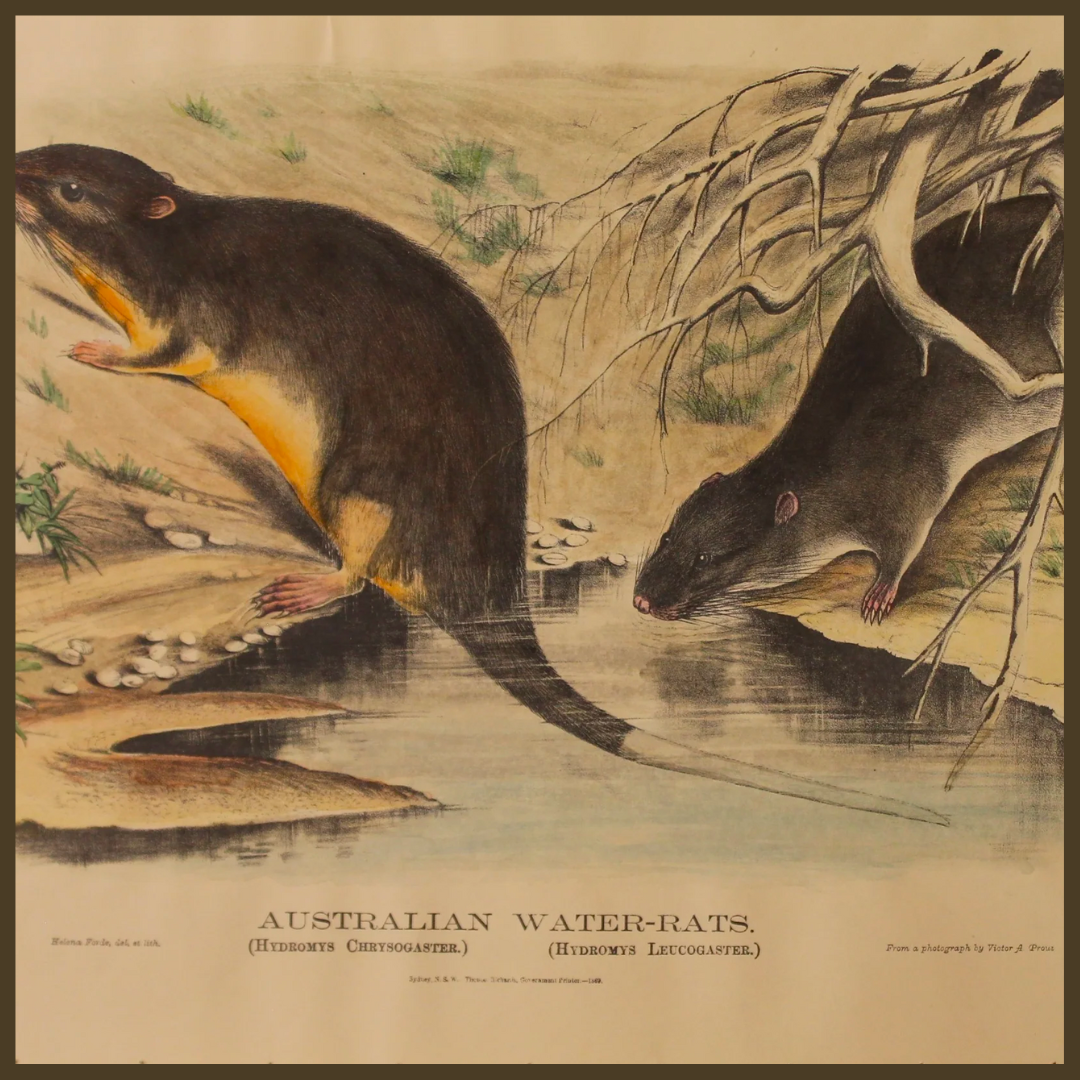
THE HISTORY OF POCHOIR
Share
The word Pochoir is French for stencil and the pochoir process is essentially a stencilling process.
Over 17,000 years ago in the labyrinthine caves at Lascaux in the south west of France, the cave dwellers made some of the earliest stencils known to man. By placing their hands on the cave walls, they would blow pigment through reeds onto their hands to create stencils of fingers and hands. Our own Australian aboriginals used this same process in our protected cave paintings in caves throughout our country.
This technique has remained in our creative arsenal for tens of thousands of years, from those basic cave paintings to our modern day screen print. This art process, now called Pochoir, emerged in Paris in the late 1800’s and flourished in Europe for some 30 years before it was abandoned. Over this time, the art of the stencil was pushed to the very limits of print making.
Pochoir, in its day was a very simple form of print making. Pre-cut stencils were used to apply layers of colour, each stencil being a new layer of colour. The viscosity of the paint, the number of passes the stenciller makes over the stencil with the brush, and the thickness and quality of the brush, all effect the final colouration and gave the stenciller control of the way in which the colour was applied. This technique provided a flexible method of applying colour to black and white prints giving each print the feel of original paintings.
Pochoir was applied by hand so was a completely unmechanised form of applying colour and became perfectly suited to the elegance and extravagance of the Art Nouveau and Deco fashion journals. These journals were enormously popular from the early 1900’s up to the ritzy Jazz period.
The leading costume designers of this era published their costume and textile designs in rich, luminescent pochoir folios lending a very lavish air of the haute couture of the times.
Everyone from bespoke furniture and wallpaper producers to high end architects produced catalogues of exorbitantly expensive products for their very wealthy clients.
The quality and complexity of the pochoir of the time was limited only by the experience of the craftsmen.
The images would be broken down to a number of stencils between 10 and 15 for basic images to upwards of 40 for the more detailed images.
Decoupeur was the name given to these clever craftsmen. They used an extremely sharp straight-edged knife to cut the stencils from metals sheets like aluminium, zinc or copper (and later plastic or celluloid) about one tenth of a millimetre thick.
The pochoir process was finally discarded as the mechanisation of print making and the leaps forward in technology made manual production prohibitively expensive.
Related Tag: Natural History Prints



